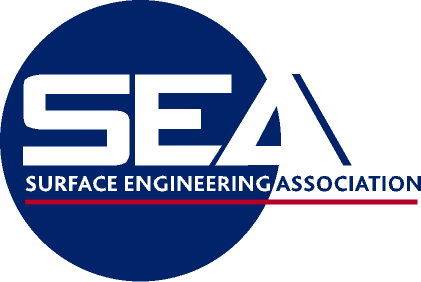Previous HSE research estimated that there are approximately 3000 workers employed at around 450 companies in the Great Britain (GB) surface treatment industry who are potentially exposed to a range of carcinogens, asthmagens and skin sensitisers including nickel (Ni) compounds. Many of these workers are employed in small to medium sized enterprises. The work showed that exposure occurs by inhalation, absorption through the skin, by ingestion or any combination of these three routes.
There are a range of measures that can be used to reduce airborne emissions from electroplating tanks and these are also likely to affect the dermal and ingestion exposure potential. These measures vary in efficacy, cost, complexity, and ease of use. Until now, there has been no clear guidance for the industry on the most appropriate and cost effective techniques. One of the main recommendations of the previous research was that “A systematic evaluation of these (control) measures should be carried out to allow the provision of evidence based guidance aimed at reducing exposures to carcinogens and asthmagens in the electroplating industry.”
The research found that the most effective engineering control was to use eductors or add LEV to an air agitated tank. Using basic principles of occupational hygiene, the researchers identified that use of eductors was best because this eliminates emissions at source and is the most reliable option.
The report can be accessed at RR1184 – Evaluation of exposure controls used in electrolytic nickel plating (hse.gov.uk)
